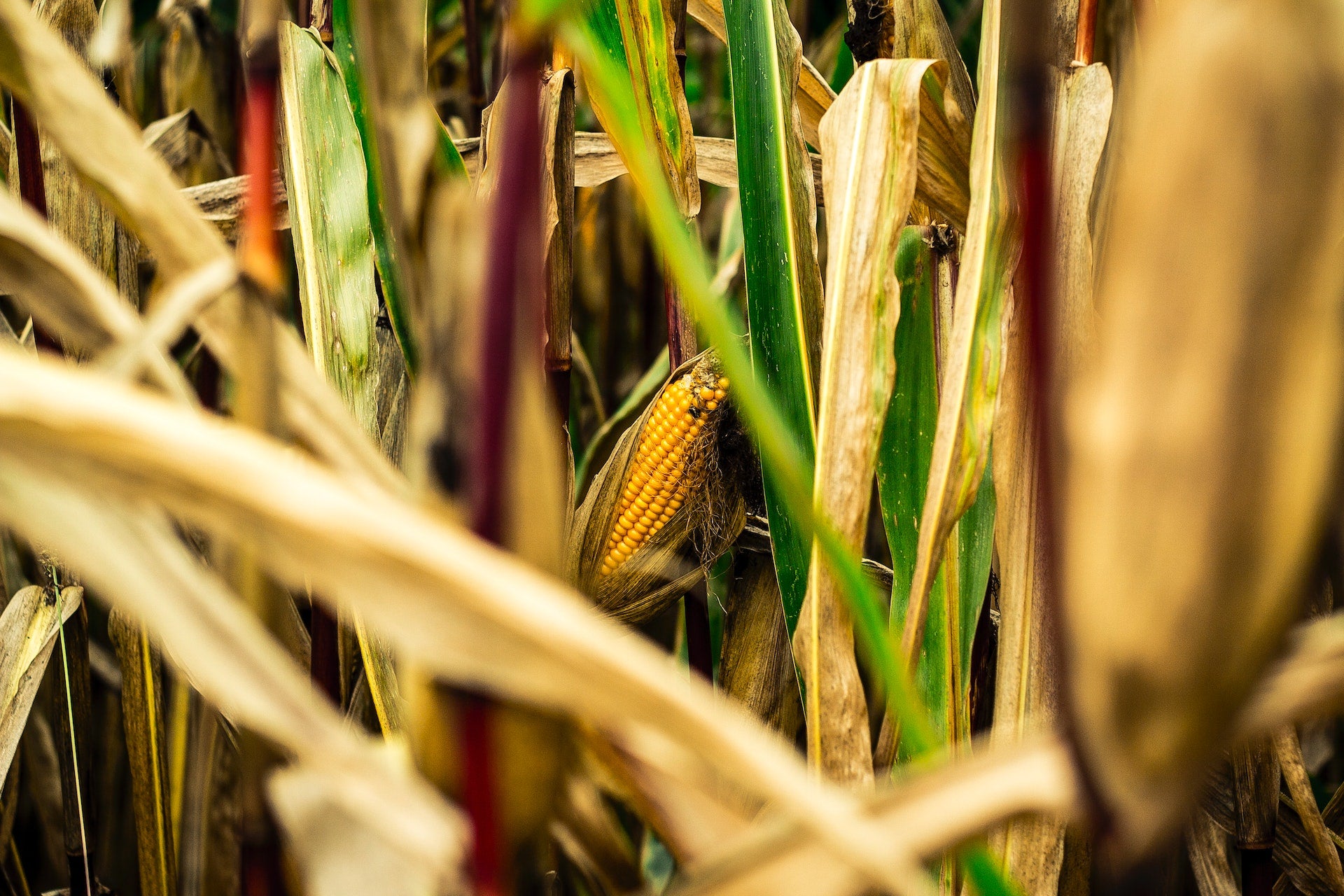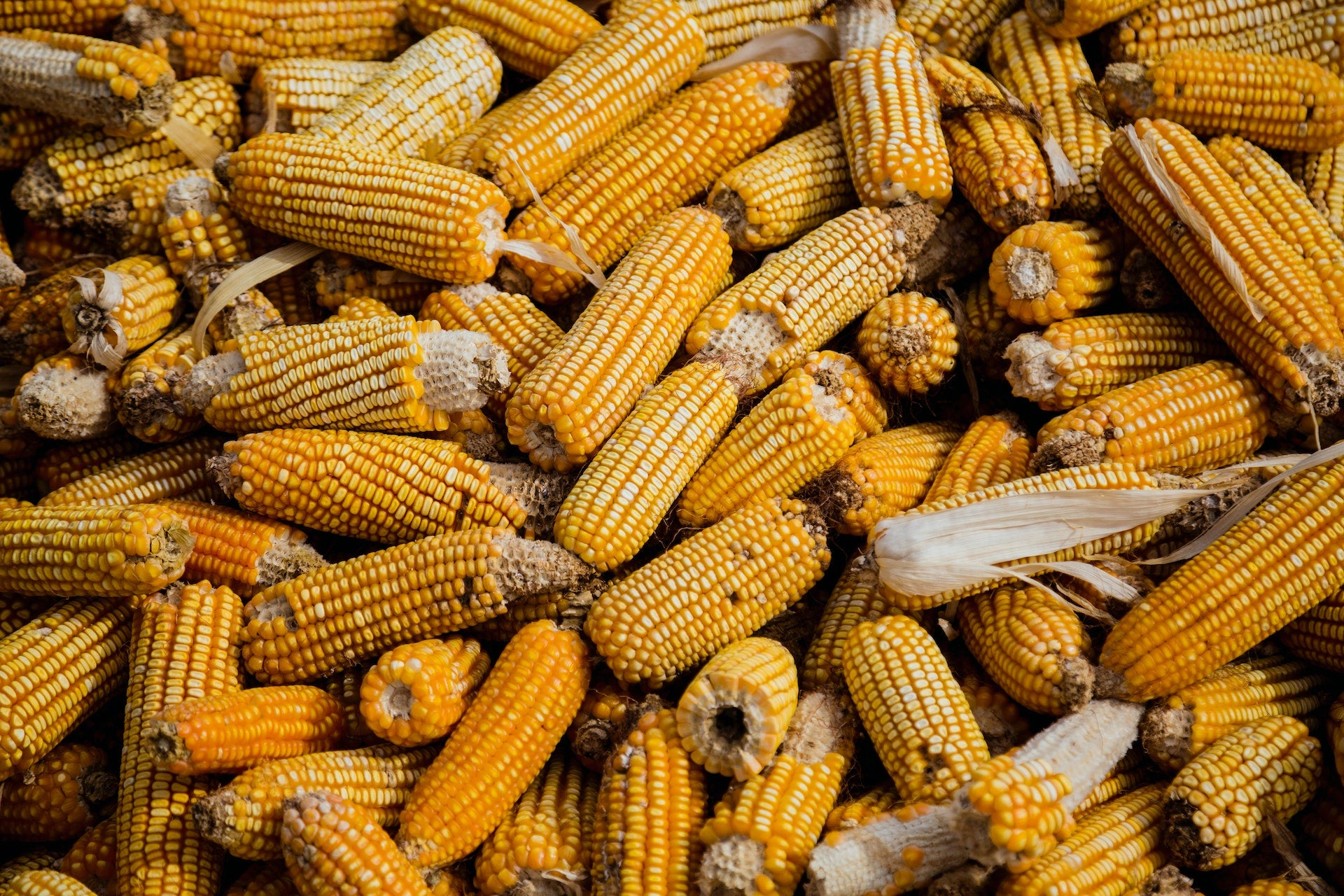Palm leaves have been used for centuries in various cultures around the world, from making baskets and mats to thatching roofs and creating shade. However, in recent years, palm leaves have gained attention for their potential as a sustainable material.
Palm leaves come from the leaves of palm trees, which are abundant in many tropical and subtropical regions of the world, including Asia, Africa, and South America. Because palm trees are fast-growing and require minimal water and pesticides, they are a renewable resource with a low environmental impact.
One of the most exciting applications of palm leaves is as an alternative to single-use plastic products. For example, palm leaf plates and bowls have become popular as a sustainable alternative to traditional disposable plates made from plastic or paper. These products are biodegradable, compostable, and don't release harmful chemicals when they break down, making them a more eco-friendly choice.
In addition to their use as dinnerware, palm leaves are also being used to make other products, such as bags, hats, and even furniture. These items are not only sustainable, but they also have a unique and natural look that adds to their appeal.
However, it's important to note that not all palm leaf products are created equal in terms of sustainability. Some companies harvest palm leaves from unsustainable sources, contributing to deforestation and harming local ecosystems. It's essential to choose products from companies that prioritise ethical and sustainable sourcing practices.
Another concern with the use of palm leaves is the carbon emissions associated with transportation. Palm leaves are typically sourced from tropical regions, and transporting them to other parts of the world can have a significant environmental impact. To mitigate this, it's best to choose products that are locally sourced whenever possible.
In conclusion, palm leaves have the potential to be a sustainable alternative to single-use plastic products, as well as a versatile material for a variety of other products. However, it's crucial to choose products from companies that prioritise ethical and sustainable sourcing practices and to consider the environmental impact of transportation when making purchasing decisions. By doing so, we can support the use of palm leaves as a sustainable material while also protecting the planet.
Sources:
"Sustainability of palm leaf as a renewable material for packaging and tableware: A review" - a research article published in the Journal of Cleaner Production, providing an in-depth analysis of the sustainability of palm leaf products.
"Palm leaf plates: Sustainable dinnerware from India" - an article published by GreenBiz, highlighting the benefits of palm leaf plates as a sustainable alternative to plastic plates.
"Is Palm Leaf Packaging Really Sustainable?" - an article published by Treehugger, discussing the potential environmental impact of transporting palm leaf products and the importance of sustainable sourcing.
"Are palm leaf plates really eco-friendly?" - an article published by Ethical.net, discussing the ethical considerations and challenges associated with palm leaf products.




